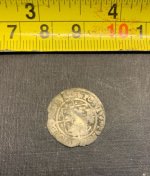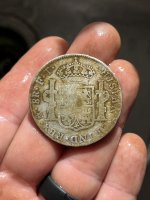Hello fellow gold prospectors!
I usually try to use my GoldHog River Sluice in the actual river, but sometimes the current is just not sufficient. I bought a 12v 1100 GPH pump to attach to my sluice. The GoldHog sluice came with a low flow and high flow mat. Is 1100 GPH considered "high flow"? I know incline of my sluice also determines the flow rate, I usually don't have it too inclined when in the river, just enough to get things moving. With the pump setup I can pitch it more.
Any insight would be appreciated, thank you all!
I usually try to use my GoldHog River Sluice in the actual river, but sometimes the current is just not sufficient. I bought a 12v 1100 GPH pump to attach to my sluice. The GoldHog sluice came with a low flow and high flow mat. Is 1100 GPH considered "high flow"? I know incline of my sluice also determines the flow rate, I usually don't have it too inclined when in the river, just enough to get things moving. With the pump setup I can pitch it more.
Any insight would be appreciated, thank you all!
Last edited:







